New Elvis movie is a buffet of The King’s Cadillacs
“Well, you may go to college / You may go to school / You may have a pink Cadillac / But don’t you be nobody’s fool.” — Elvis Presley’s “Baby, Let’s Play House”
You can’t tell the story of Elvis Presley without Cadillacs.
Thankfully, director Baz Luhrmann’s Elvis appreciates just how essential the Caddy was to the King. The Oscar-nominated 2022 film even invents the moment when a 12-year-old Elvis (played by Chaydon Jay) first started to fall for the elegant machine: while reading a comic book about his favorite character Captain Marvel Jr., he fantasizes about being a superhero himself.
The kind who buys a pink Cadillac for his mama.
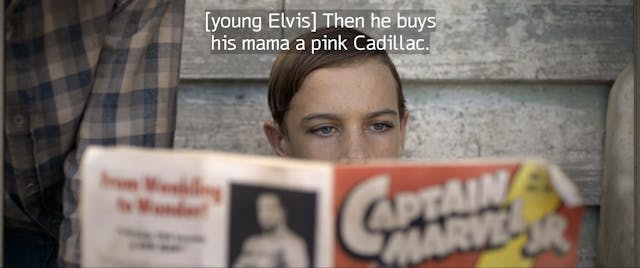

Owning big, beautiful cars was one of the singer’s real-life ambitions that persisted into adulthood, becoming a preoccupation when Elvis drove a truck for Crown Electric Company, a Memphis business that he worked for in 1954. (In the film, the truck is a pastel green ’53 Chevy pickup.) Recalling that time in his life, Elvis said, “When I was driving a truck, every time a big shiny car would drive by it would start me sort of daydreaming. I always felt that someday, somehow, something would happen to change everything for me and I’d daydream what I would be.”
Elvis transformed that vivid daydream into reality. No one knows for sure how many Cadillacs he owned in his lifetime, but the number could easily be as high as 200 or more. It’s difficult to get an exact count because he gave them away like candy to family, friends, even strangers. He gifted Cadillacs to the founder of Sun Records Sam Phillips, his hair stylist, his valet, his karate instructors, his bodyguards. Elvis famously bought a gold-and-white Cadillac Eldorado for bank teller Mennie Person on a whim: after he saw the woman admiring his custom Cadillac limo outside Memphis’ Madison Cadillac, his favorite dealership, he brought her inside the showroom and let her take her pick of their inventory. This was not a unique event.
His mother Gladys recalled: “Elvis would hear us worrying about our debts, being out of work and sickness, and he’d say, ‘Don’t you worry none, Baby. When I grow up, I’m going to buy you a fine house and pay everything you owe at the grocery store and get two Cadillacs—one for you and Daddy, and one for me.’”
Dialogue between Austin Butler’s Elvis and Helen Thomas’ Gladys in the Elvis film echo that real-life exchange. When his mother worries about Elvis going on tour, he promises: “I’m going to buy you one of them pink Cadillacs, like you saw back when you was working at the hospital.”
She counters that she “don’t need no pink Cadillac,” and Gladys wasn’t lying. She had no license and didn’t know how to drive. These details did not concern Elvis, who was inherently aspirational; when he could barely afford a Coke, he longed to drive The Standard of the World.
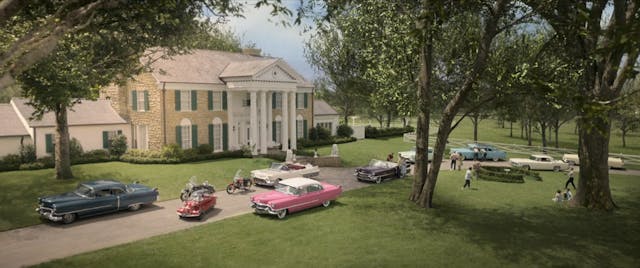
His story, however, isn’t related to us by Elvis himself in his own biopic, but by “snowman” Colonel Tom Parker. Played by an almost unrecognizable Tom Hanks, Parker is the conman who alleged he “made” Elvis Presley but who was, in truth, a “blood-sucking old vampire.” In the film, Parker uses the Cadillac as a temptation to entice a young Elvis into signing with him, promising him “a family business” and a thousand Cadillacs for his parents.
“That first record changed everything,” Parker narrates, and sure enough, just a few moments later, we see Elvis rolling up to the newly purchased Graceland in a pink 1955 Cadillac Fleetwood 60 with his family in tow. (Later on, the long driveway leading up to Graceland will be lined with a profusion of fancy cars.) Technically, however, this was Elvis’ second pink Cadillac; though it never appears in the film, he’d driven his first Caddy on tour with the Blue Moon Boys, but that ’54 Cadillac Fleetwood 60 was destroyed when a wheel bearing caught fire, and Elvis had to watch his dream car go up in flames. He’d barely owned it three months. Elvis was devastated.
Elvis’ then-manager Bob Neal helped him buy his second Cadillac, which was blue with a black top, and Neal’s wife Helen proposed painting it pink and black. Art, one of Elvis’ neighbors from Lamar Ave, repainted it a color they’d dub “Elvis Rose.” When bandmate Scotty Moore wrecked the second Caddy, Elvis had it repaired and had the top painted white.
Maybe his love of eye-catching Caddies stemmed from the flamboyant superstar’s love of colorful comic pages. It’s worth noting, though, that the film actually gets the color wrong. The one featured in the film is too dark—more of a Pepto pink than the pastel bubblegum color of the real-life Caddy. It does, however, aligns with Luhrmann’s love of saturated color, and we concede to the director that it indeed pops on screen against Graceland’s pale facade.
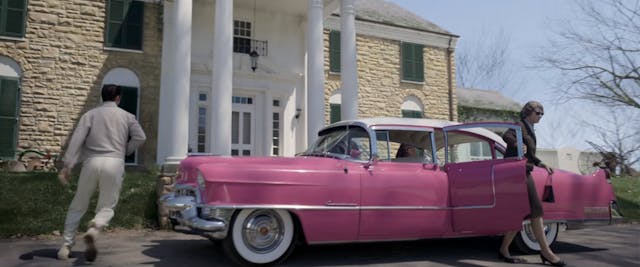
It’s easy to see why Elvis loved his pink Cadillac so much. Bill Mitchell’s Cadillac design kicked off the 60 Special in 1938, and it initially introduced as a mid-grade model above the entry-level Series 69. The ’55 Elvis purchased got 250 hp from its 331-cu-in V-8 and four-barrel carb—an upgrade compared to the freshened ’54 just the year prior—and with those beautiful tailfins it could boast both style and substance. This Caddy was longer and lower, with a wheelbase 4 inches larger than an Eldorado’s, a new eggcrate grille, and a cushy, spacious, opulent interior.
Elvis didn’t just limit himself to Cadillacs. The man had a penchant for large, colorful cars: Lincolns, a ’62 Ford T-Bird, a ’71 Stutz Blackhawk. He loved American cars, but there were certainly exceptions to that rule in his collection, including a ’57 BMW 507, a Mercedes-Benz 600, a customized ’63 Rolls-Royce Phantom V, a ’75 Ferrari Dino 308 GT4, even a ’56 Messerschmitt KR200. The film couldn’t showcase every single one, of course, but it does feature Elvis’ yellow 1953 Chevy Bel Air, which he drives on tour with Hank Snow, then the white 1956 Cadillac Eldorado convertible that he had painted purple. (Legend has it Elvis crushed a bunch of grapes on the car’s fender and declared, “that’s the color I want.”)
The Eldorado gets the spotlight in the film when Elvis escapes Graceland in it and shows it off on Beale Street when he visits B.B. King and watches Little Richard for the first time at Club Handy. (Unfortunately, the film does not depict the time when Elvis shot his ’71 De Tomaso Pantera.) Of all the cars he owned, however, it’s the pink Cadillac that’s become synonymous with Elvis, a car almost as famous as the King himself. It lives on at the Graceland Museum in Memphis, Tennessee.

Elvis’ impressive automotive collection became a signifier of his success, of how far he’d come, from Tennessee truck driver to international superstar living in glorious excess. Cadillac in particular represented ascendance for Elvis, a symbol of salvation from poverty for both him and his loved ones. Luxury cars were an intrinsic part of his unceasing ambition, and the pink dreamboat in particular has come to represent the singer’s legacy as well as his generosity. For Elvis Presley, a Cadillac was the American dream, clad in chrome.
***
Check out the Hagerty Media homepage so you don’t miss a single story, or better yet, bookmark it. To get our best stories delivered right to your inbox, subscribe to our newsletters.

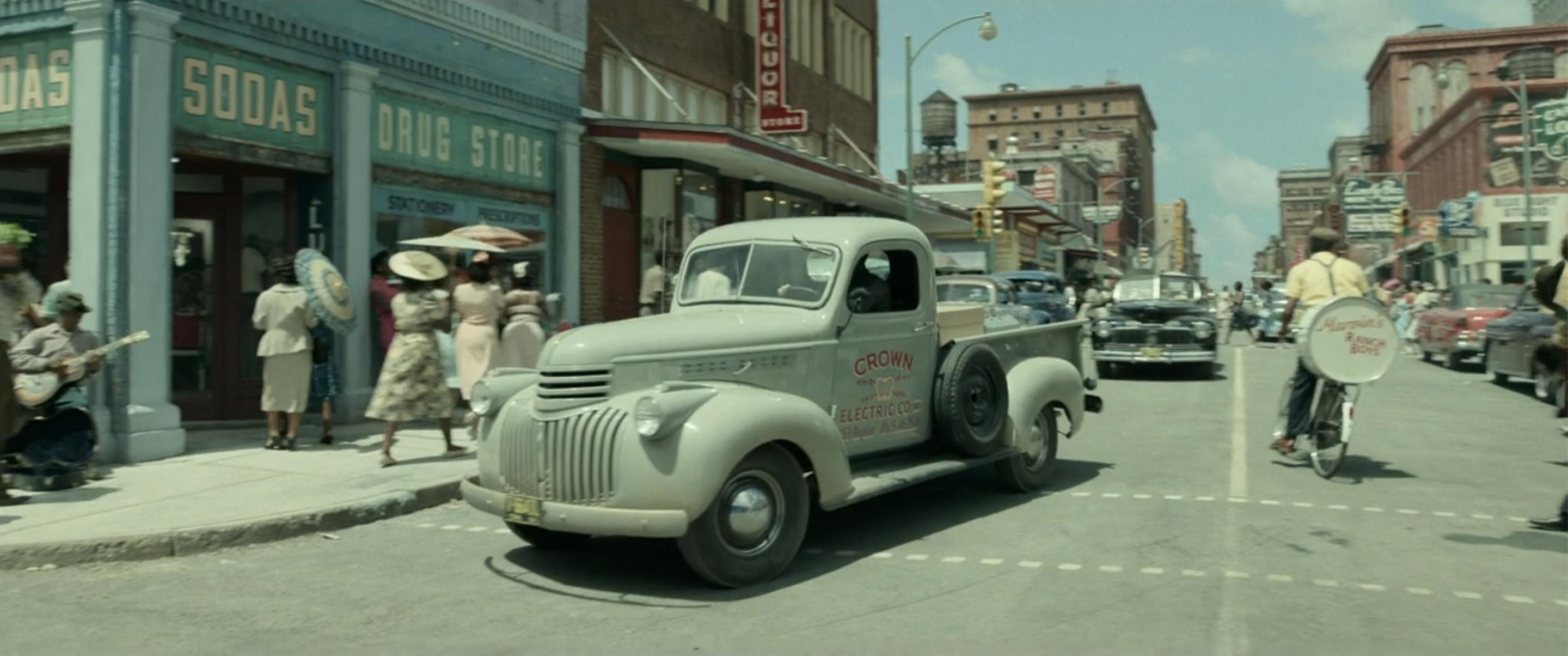
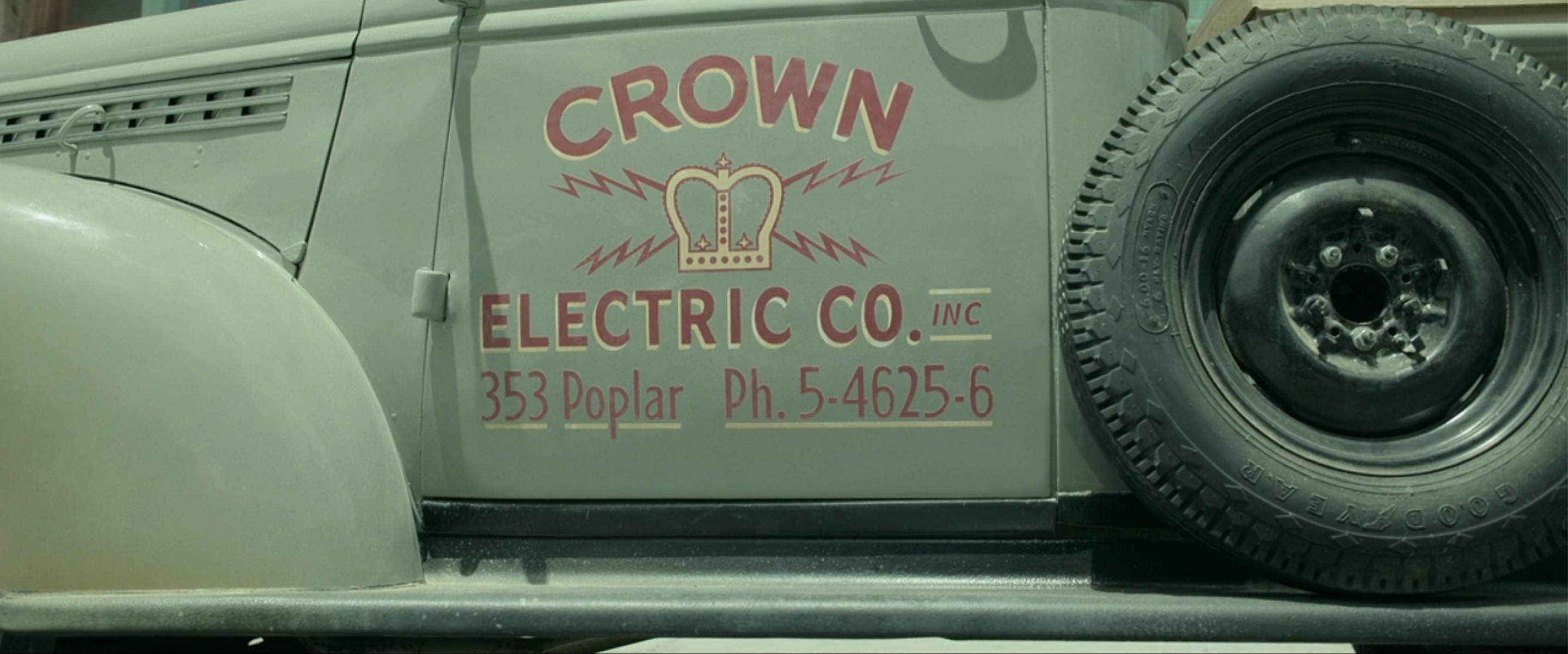
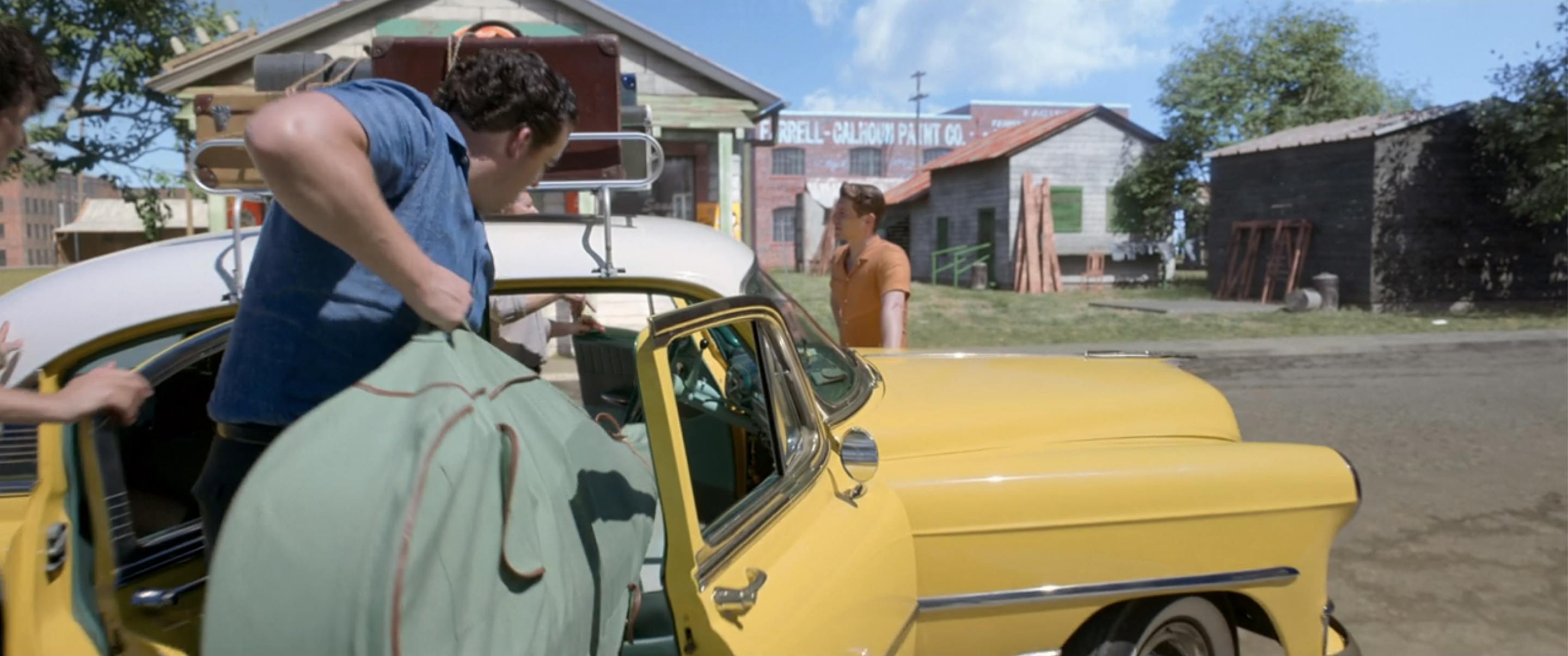
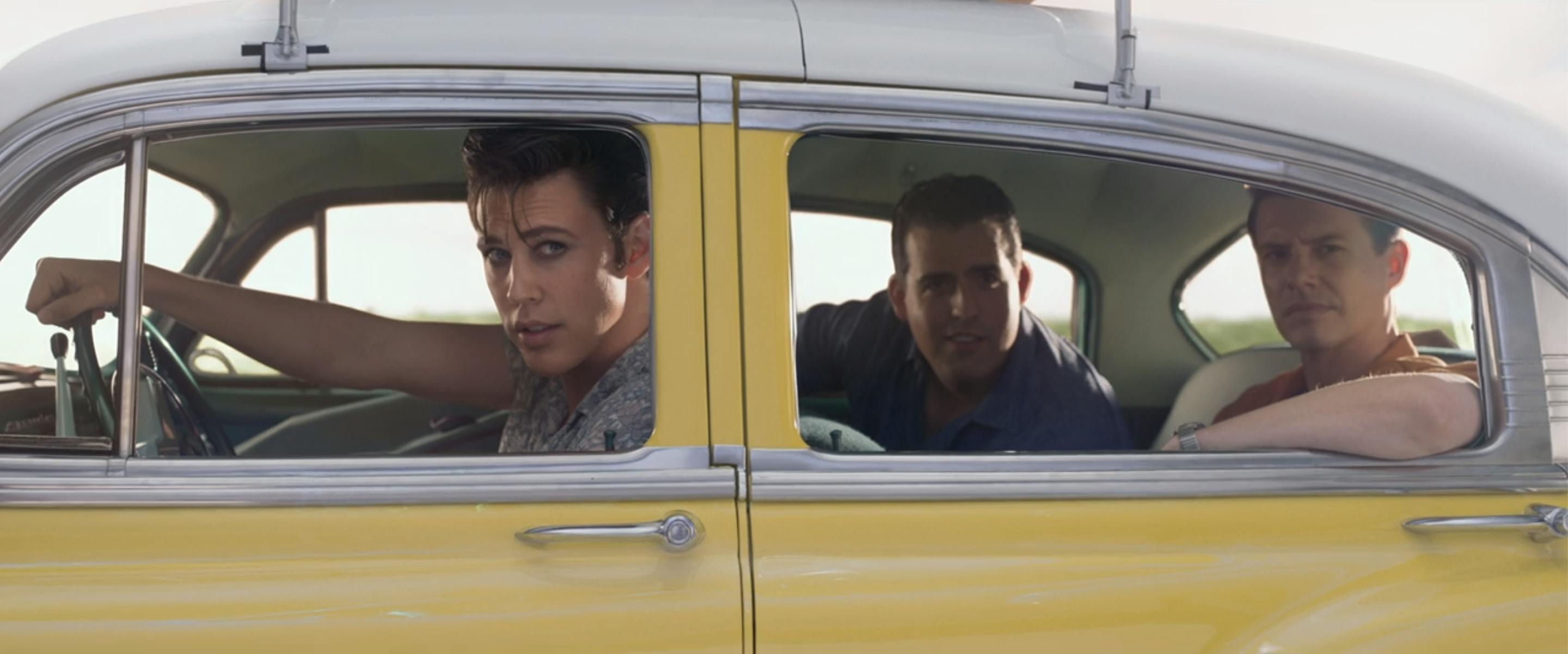
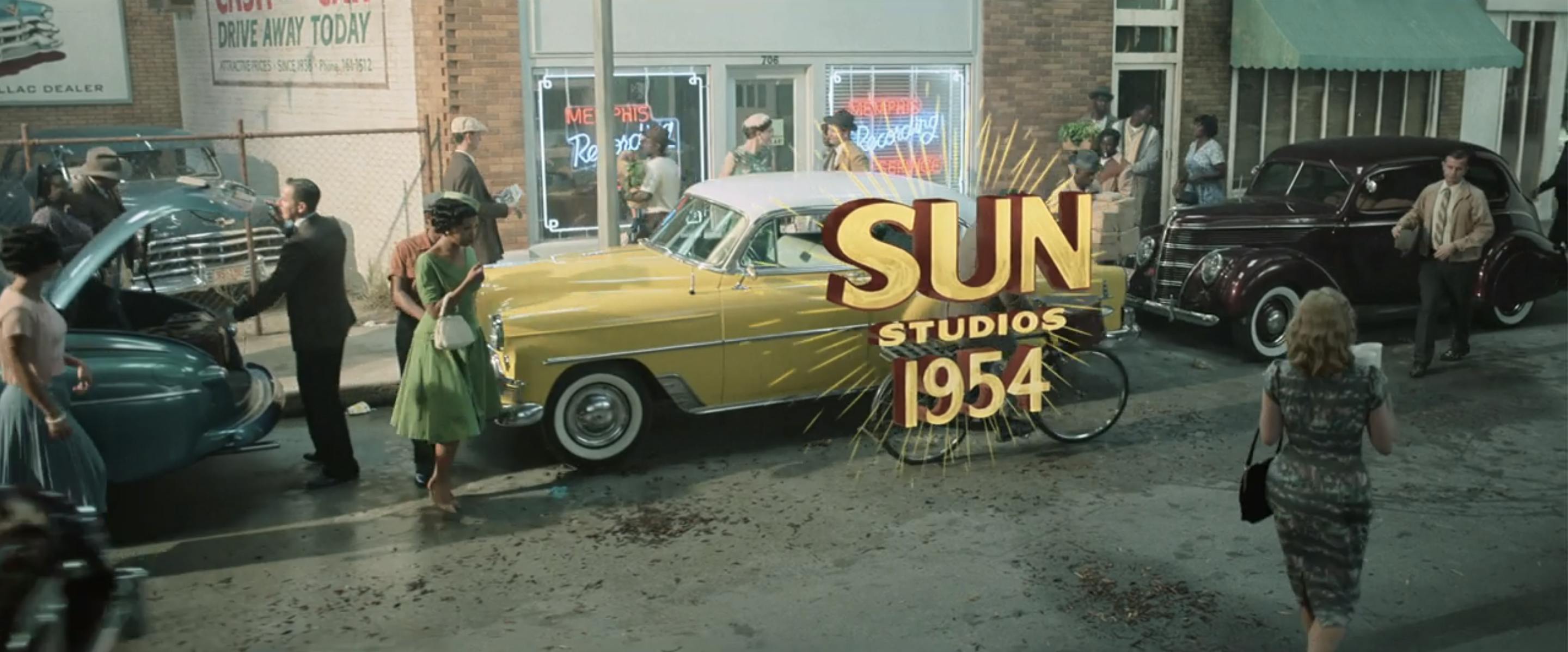
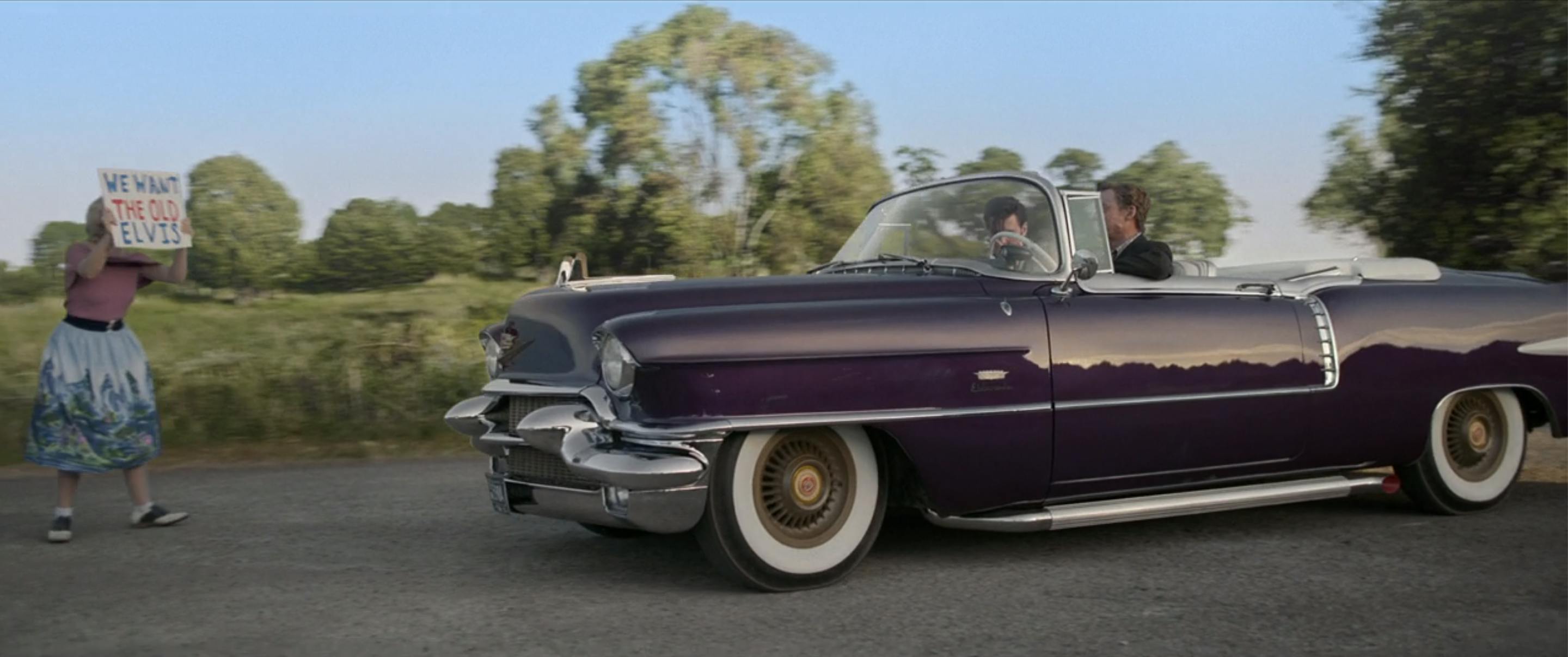
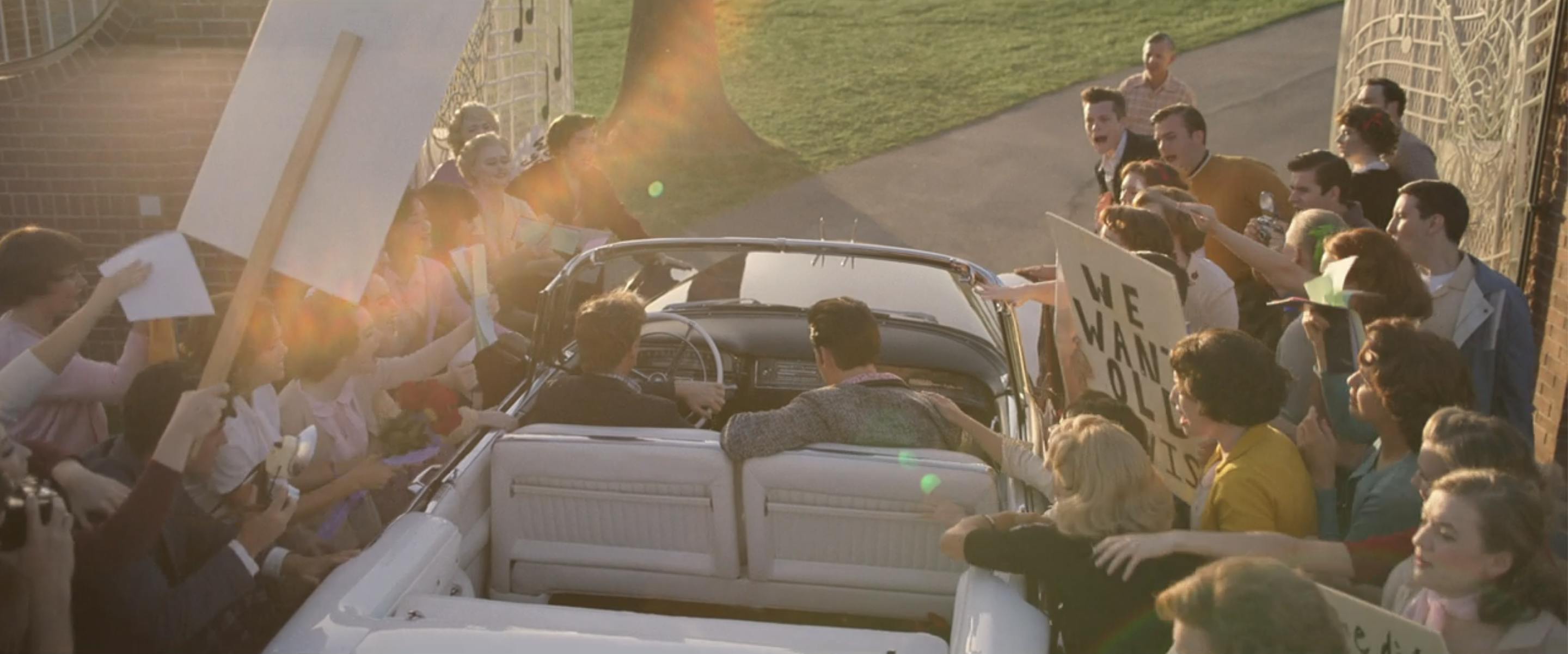

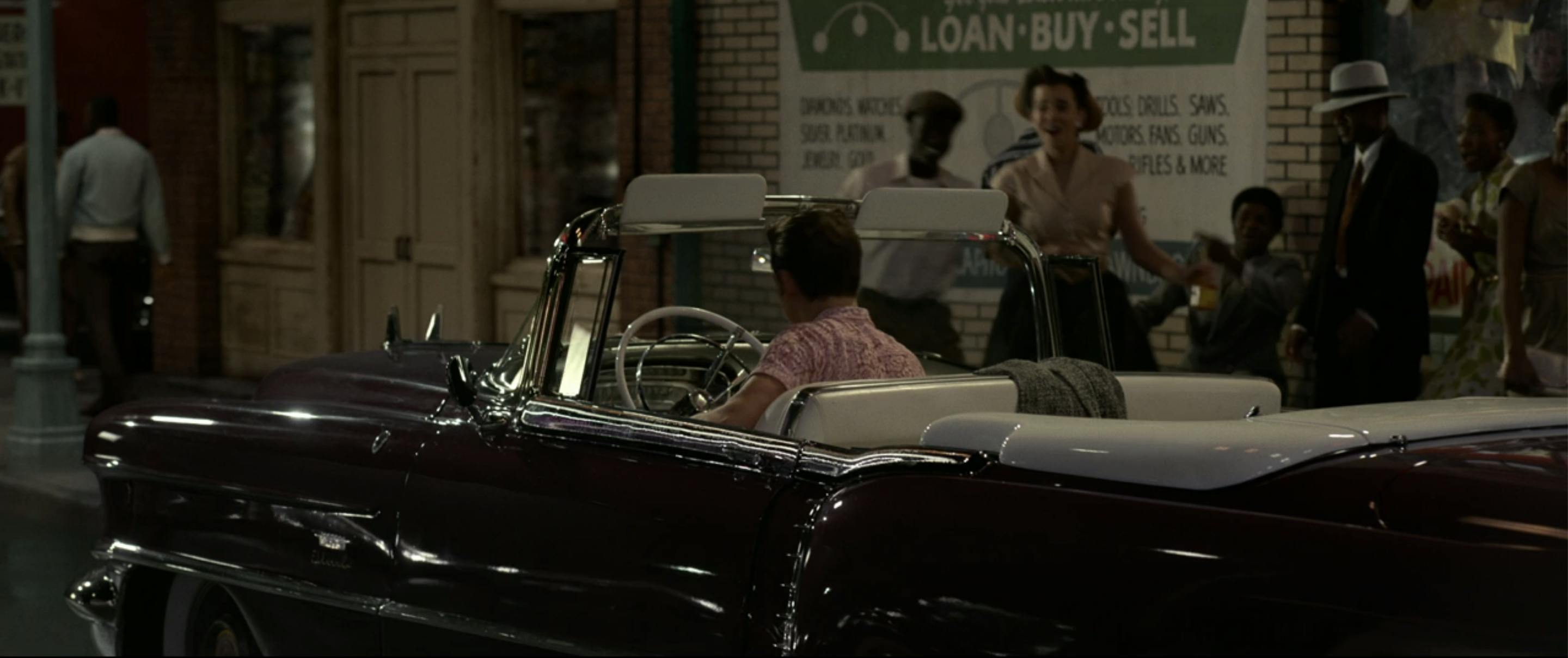
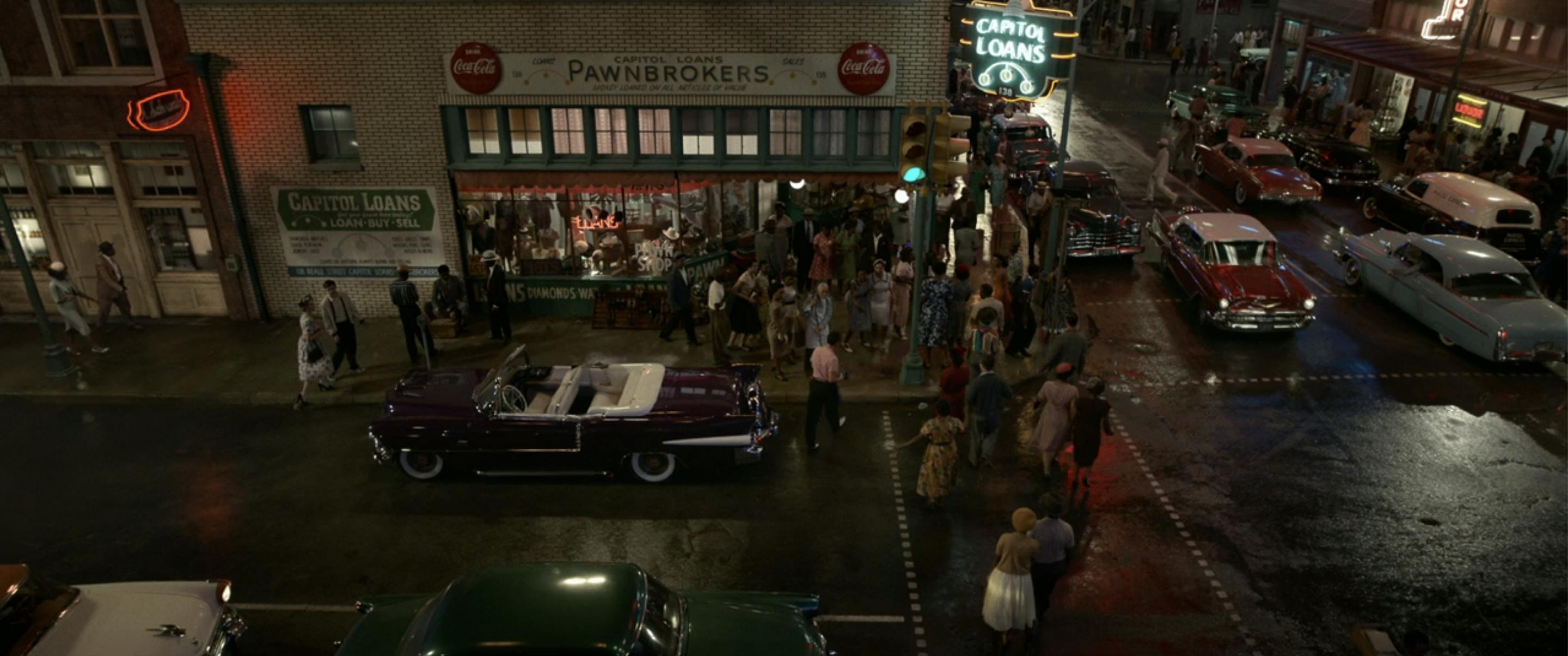
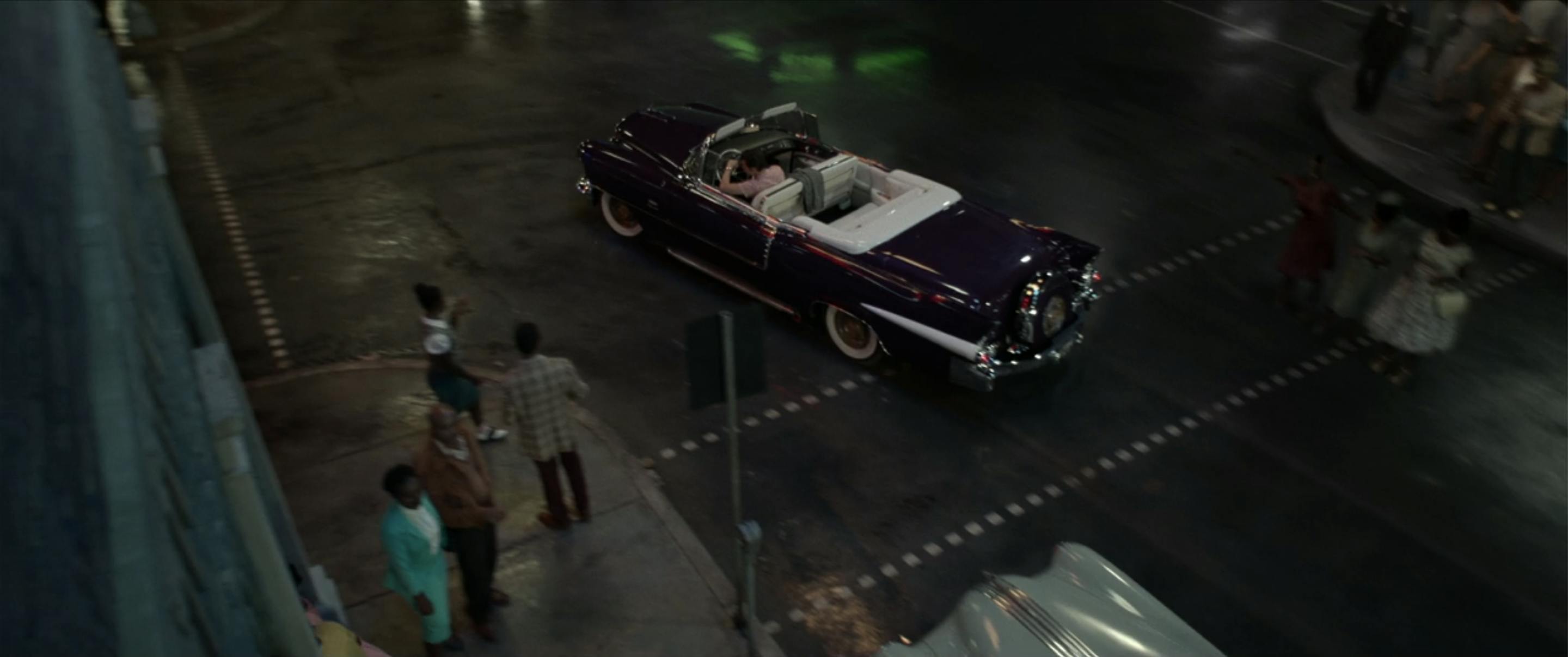



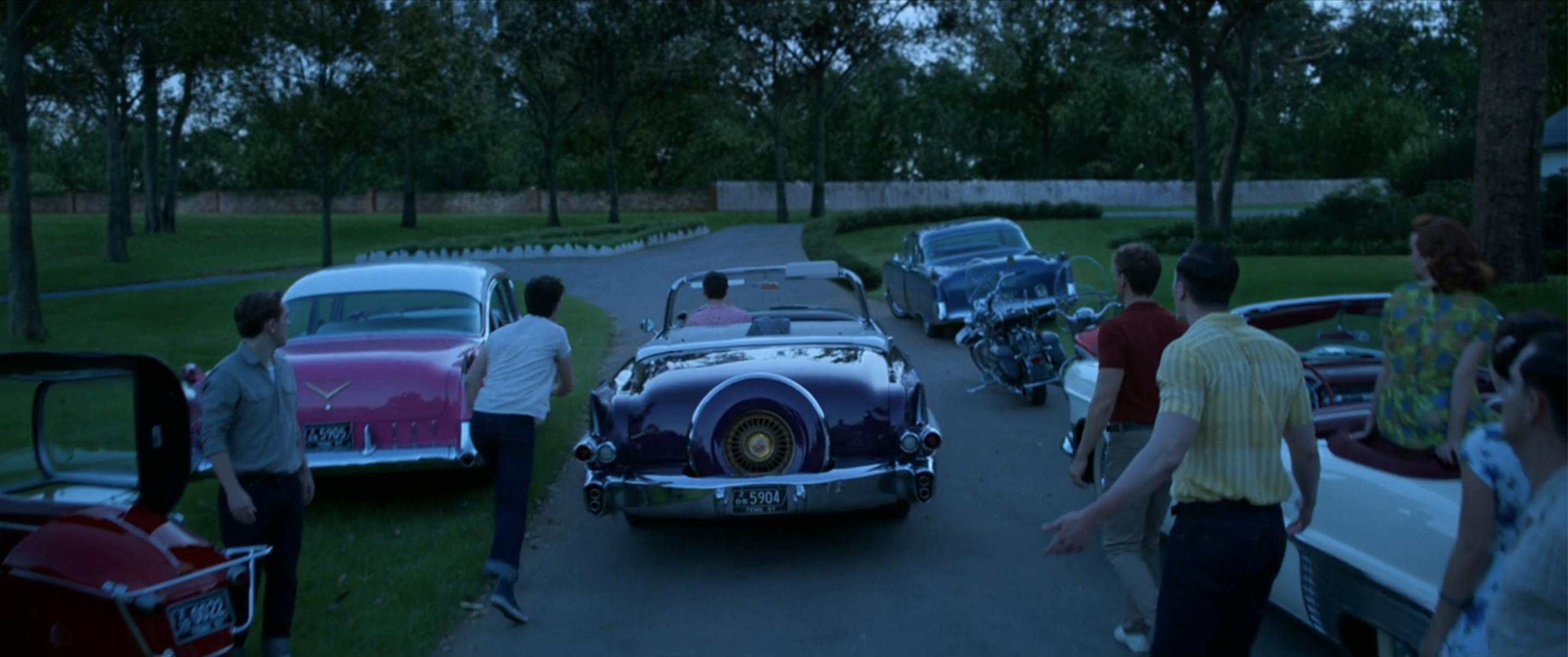
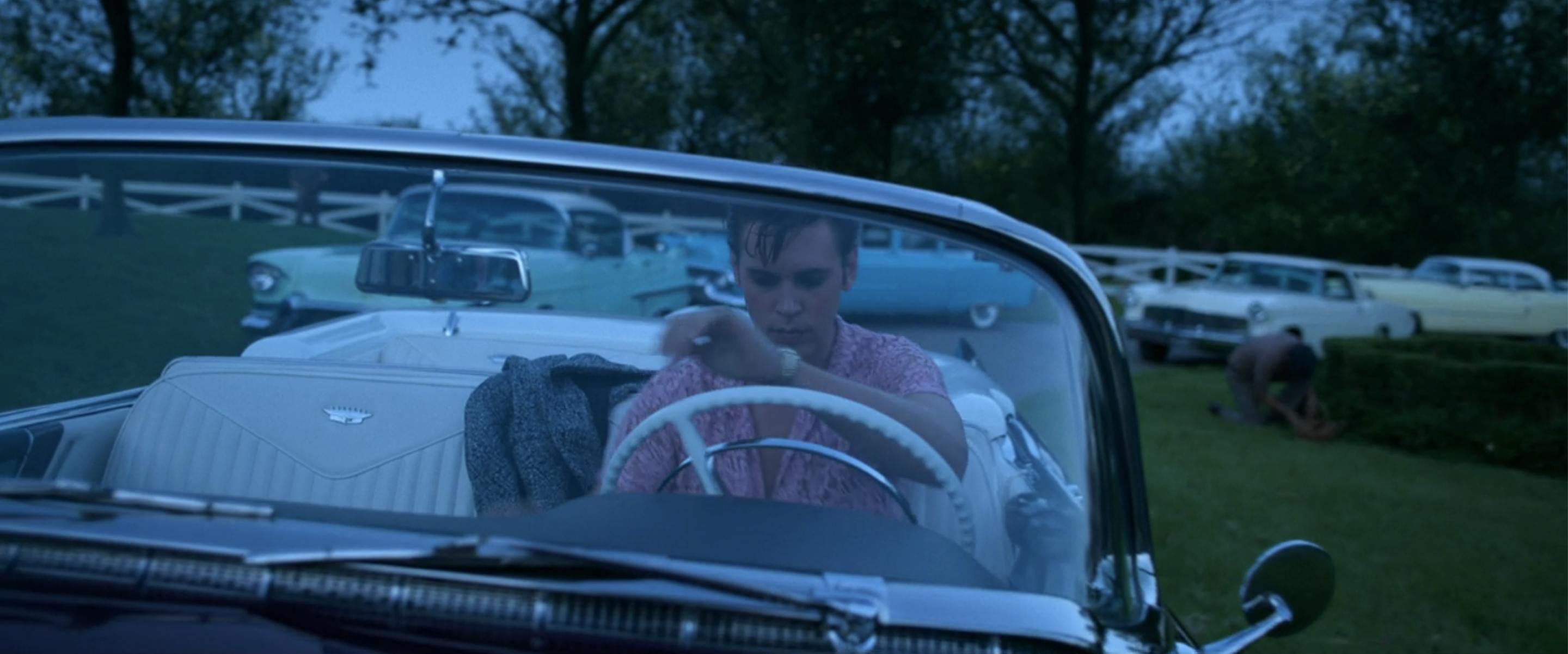
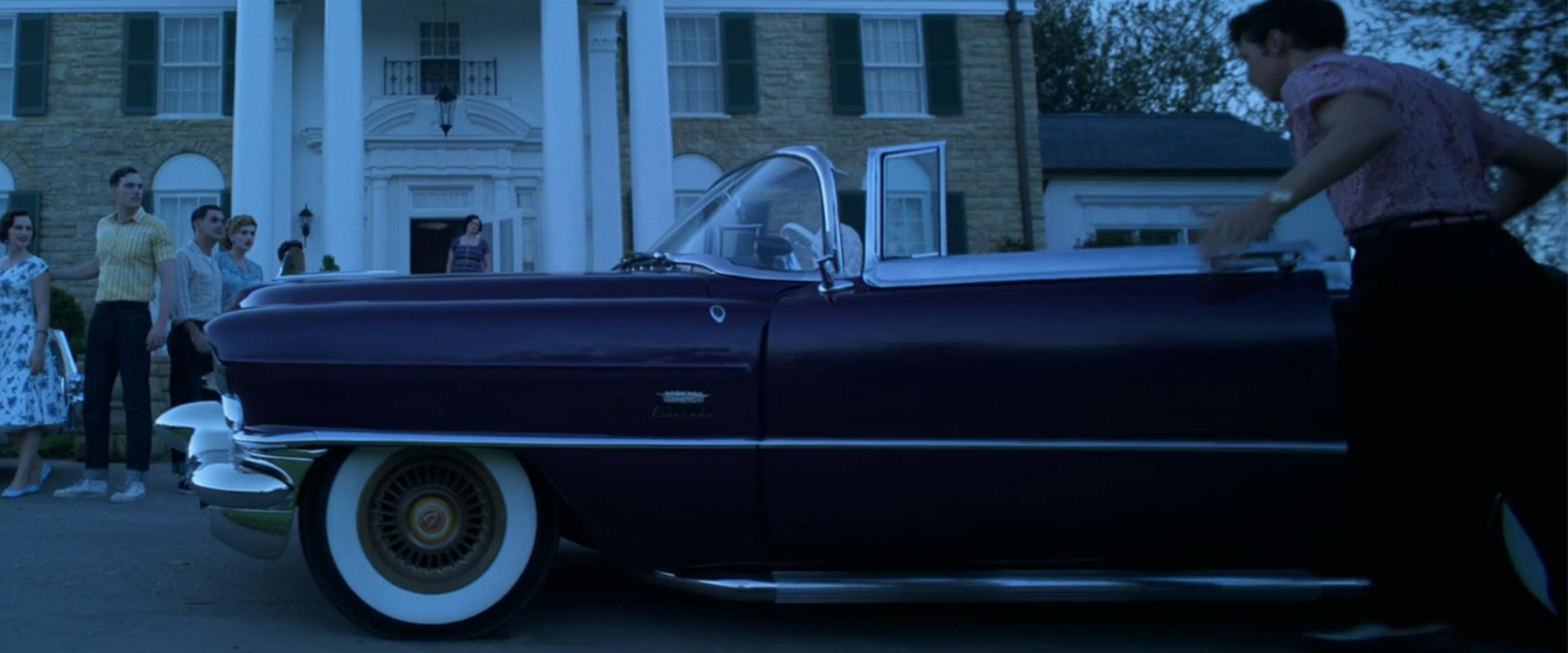
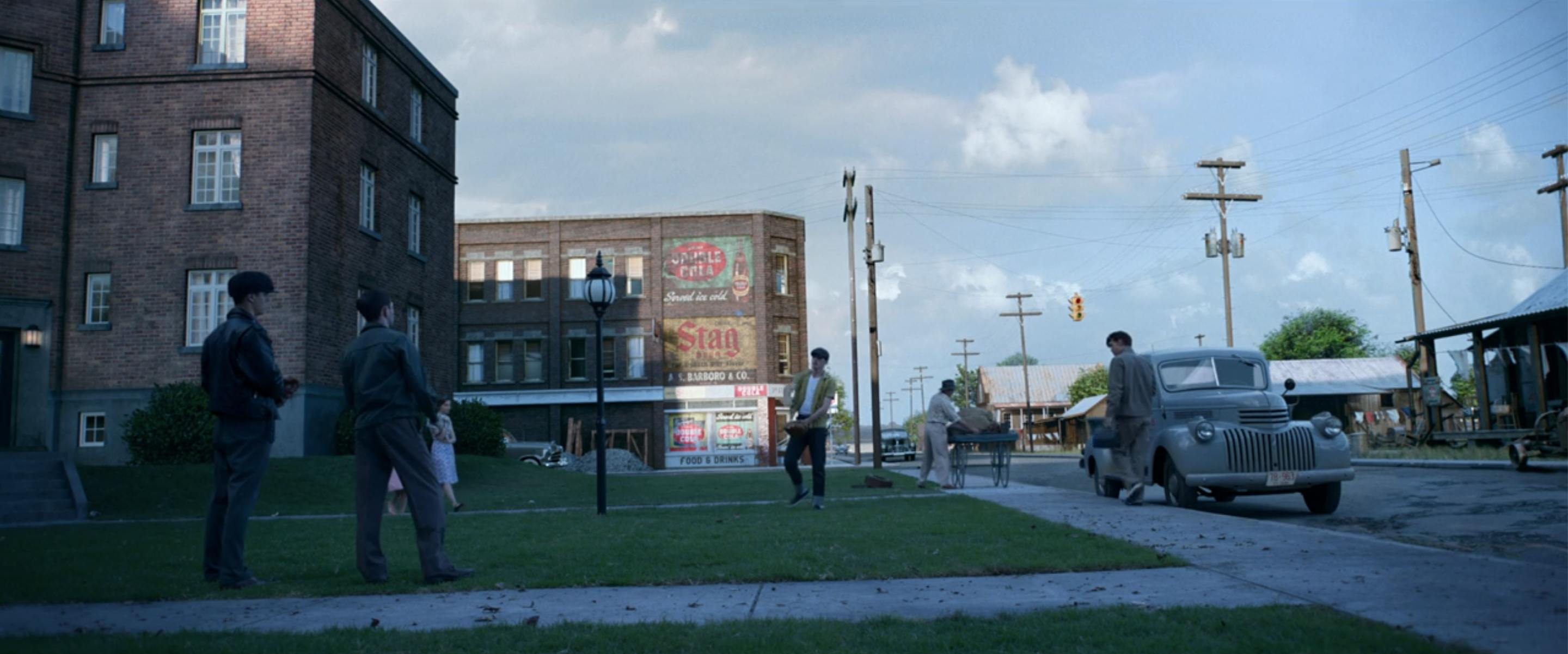
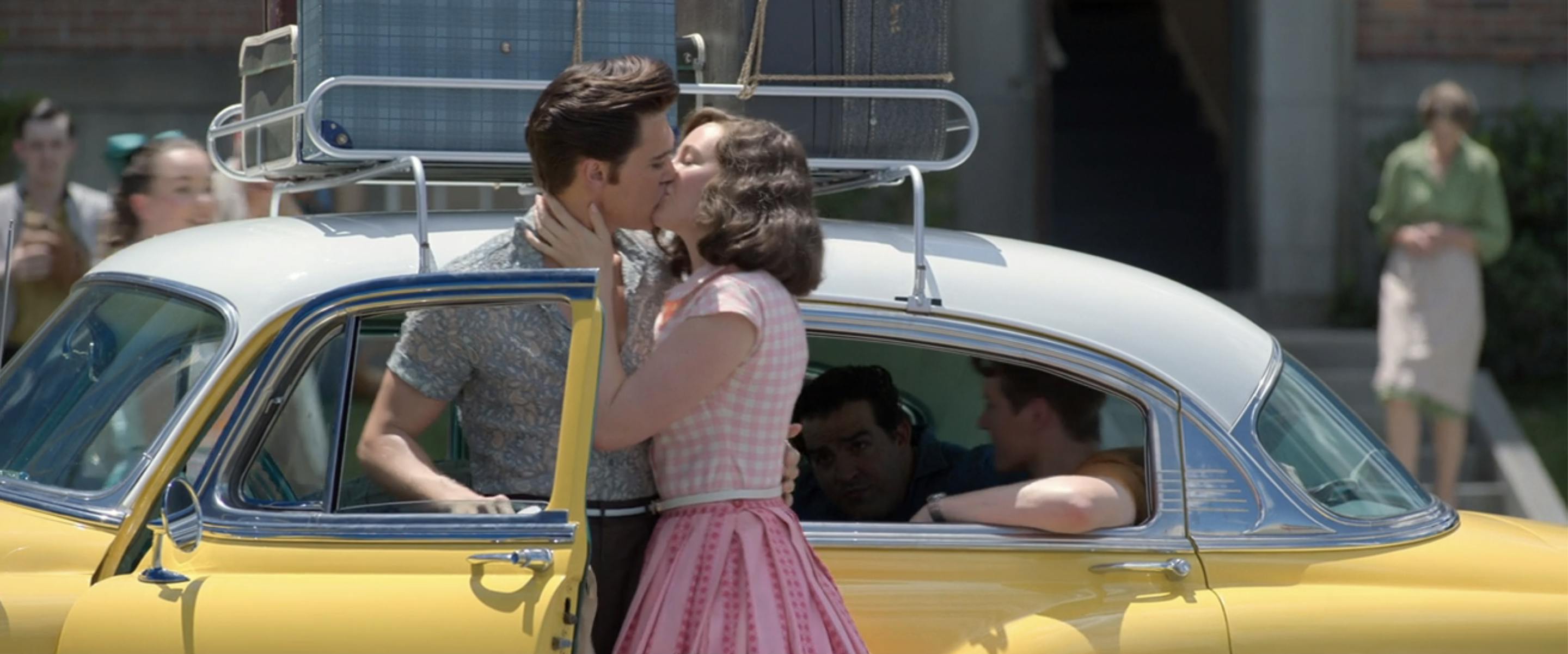
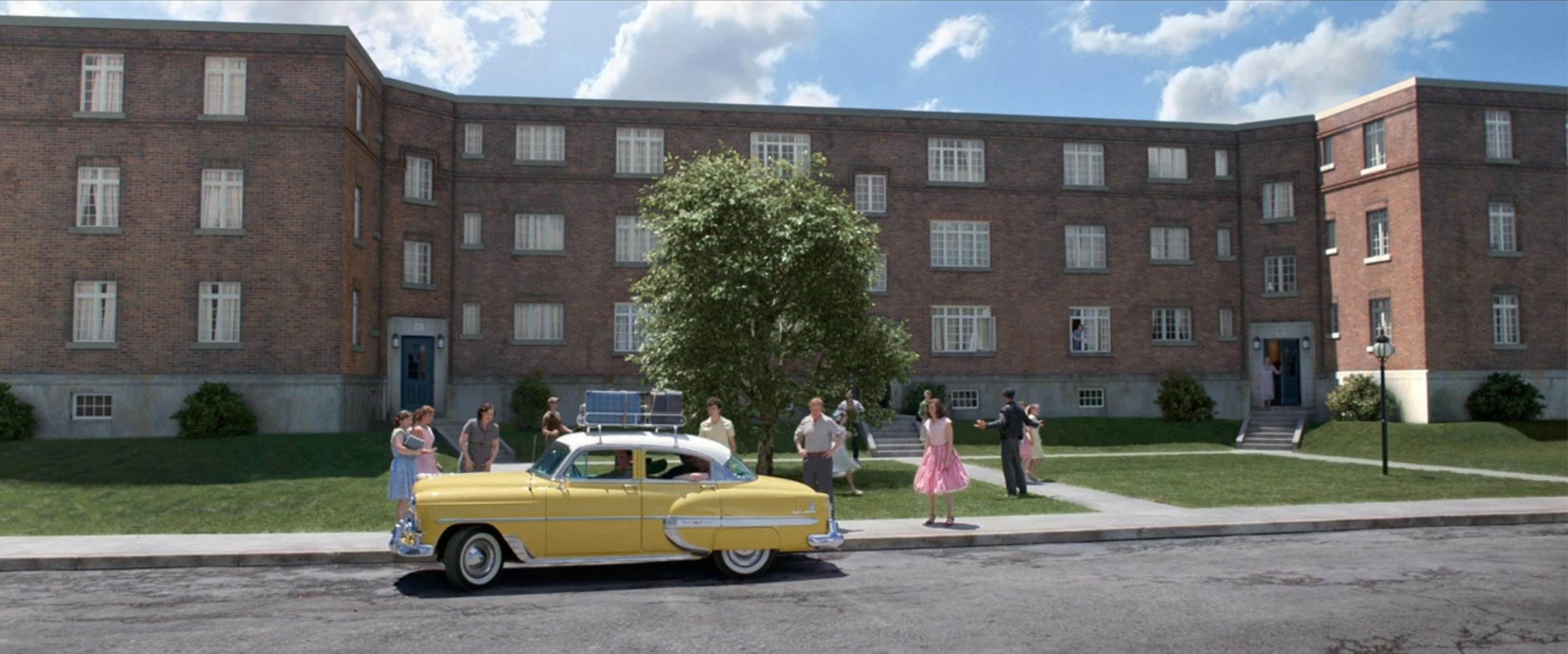
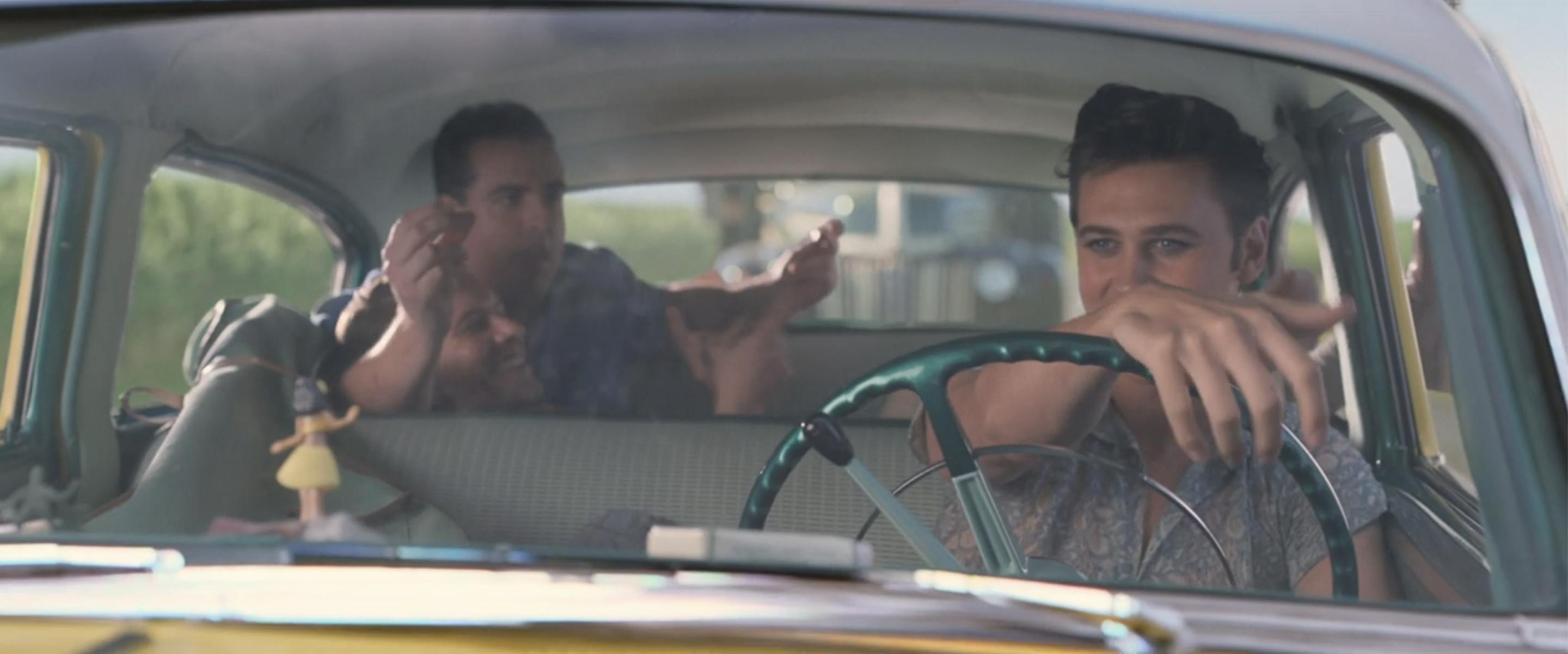

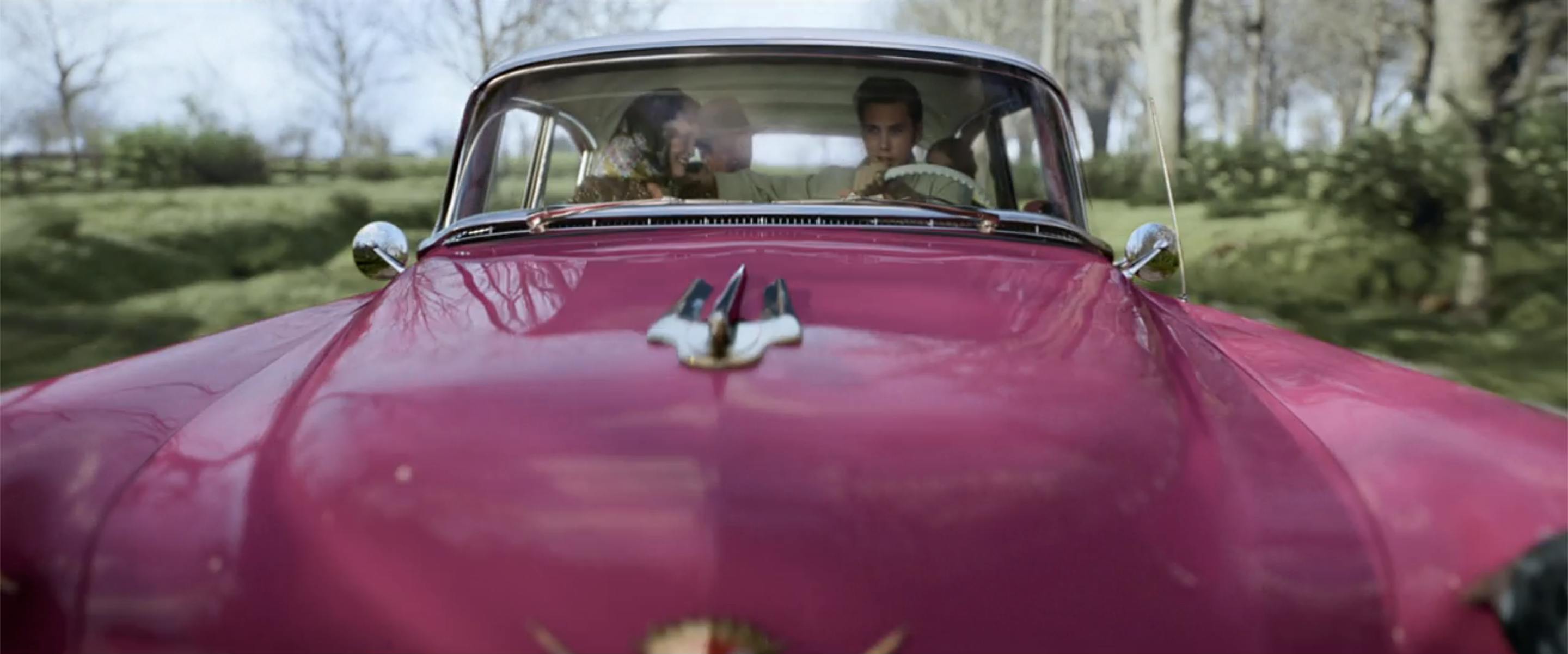

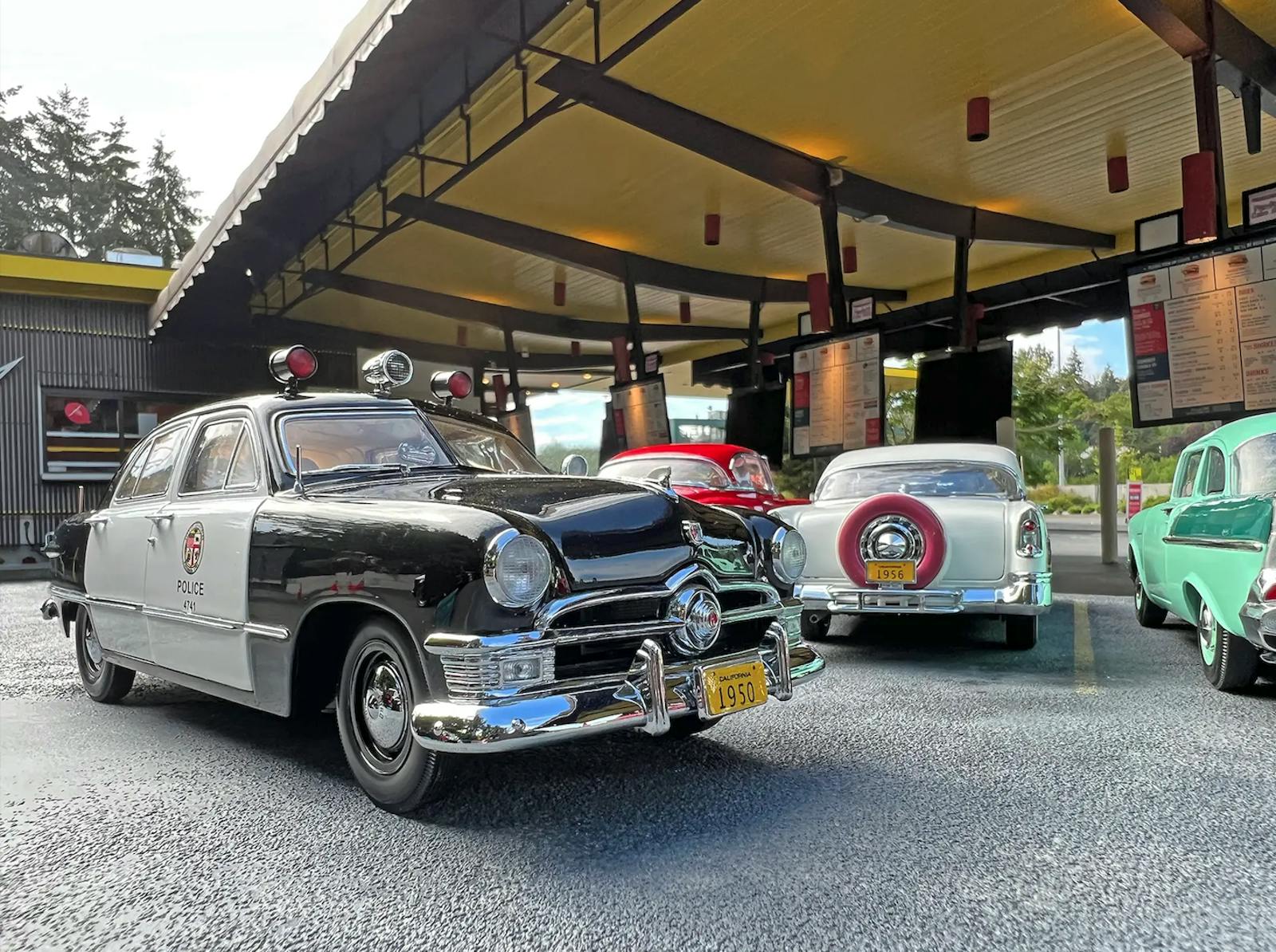
The truck is for sure not a Studebaker or 53 Chevy. It is from the 40’s and is likely a 42 with the painted grill. One of Elvis’s favorite cars was his 56 Continental Mark II. He kept it for a long time. It or one like it is in the museum.
With regards to the ’41 – 47 pickup discussion, to the best of my knowledge, a spare tire side-mount wasn’t available until model year 1953